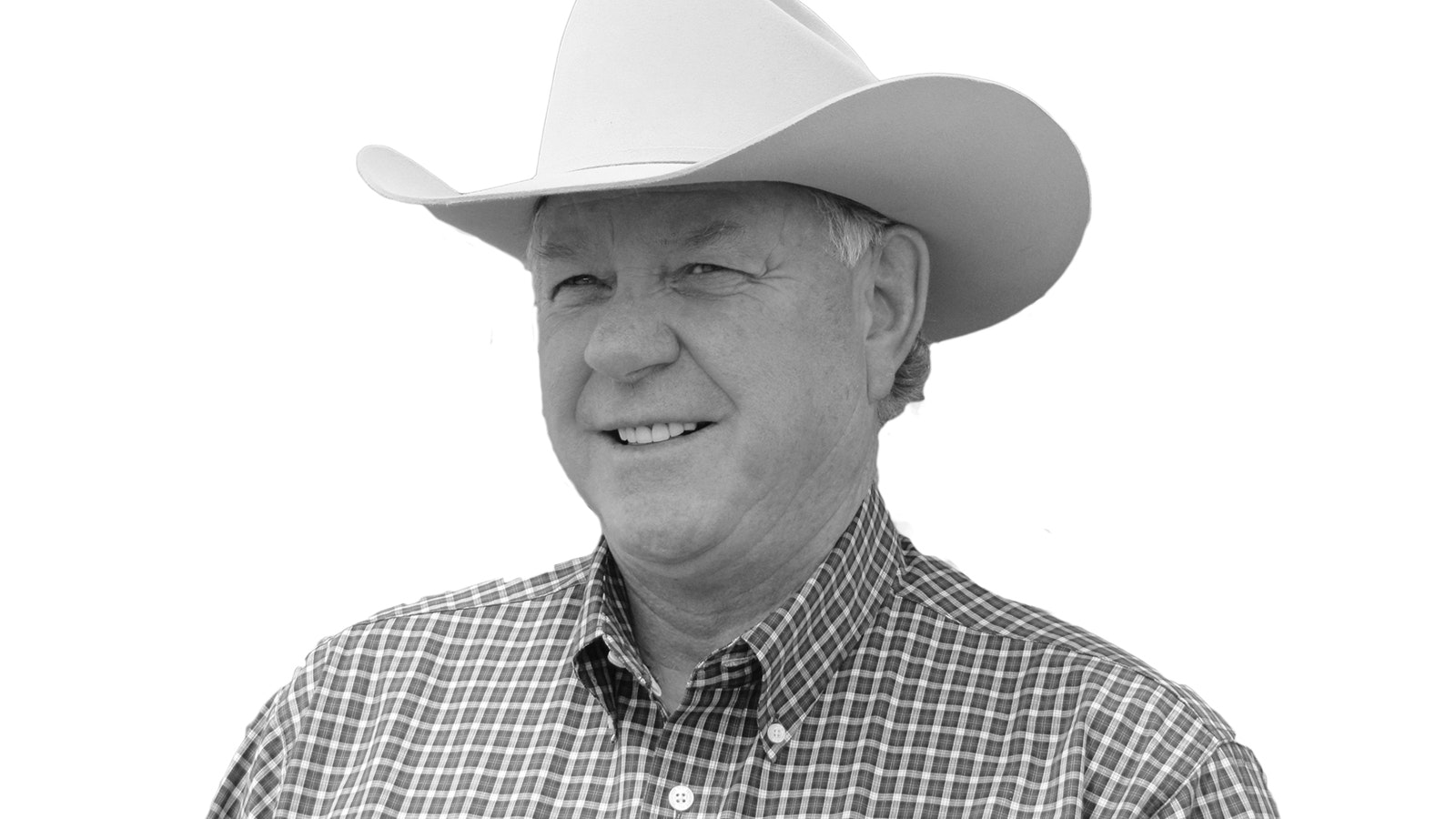Agriculture, like other industries, is always looking for better ways to grow and market their products.
Ranchers and farmers are always looking for ways to improve, especially on two things – improving the land and improving profits for their businesses.
Change usually costs money to implement, which in lean years makes it harder to accomplish.
Currently, all we hear from Washington, D.C. is how we need to manage for climate change and conservation. This confuses me because ranchers and farmers have been constantly adapting to manage for the changing climate and for better conservation, not only on their private lands but also on the federal lands they use and the state lands they lease.
Producers and landowners do this despite more government regulations, overpopulation of wildlife, damage by recreationalists and the threat of predators – some of which are protected. Also, using livestock and proper grazing as a tool can improve the land for conservation while sequestering carbon.
The changes farmers and ranchers implement are utilizing better genetics in their livestock and crops, using better equipment and technology and ensuring a sustainable business for future generations.
Technology is a great tool for producers. However, I don’t believe one should change their ranch or farm for technology, instead they should adapt technology to the needs of their operation.
Genetics is one of the biggest improvements for livestock. Ranchers are now providing more beef with less cattle, with more efficient traits for growth and feed consumption.
If one wants to confuse a person not involved in agriculture, have them read a bull sale catalog with all of the genetic traits of each bull. They will then understand why some bulls bring $100,000 or more.
The sheep industry is also using improved genetics for lamb meat and wool.
The dairy industry has always been leaders when it comes to using genetics, producing more milk per cow. They have been using artificial insemination for many years, producing better milk cows while increasing the size of their dairies. A 5,000 head dairy is common these days.
They are using improved genetics, embryo transplants and sexed semen to improve replacement herds, while also using sexed semen from Angus bulls for the remainder of the herd to produce male calves to feed out for beef.
Holstein and Jersey dairy cows have a propensity to marble, and using those traits with beef genetics will help meet the Prime beef grade, utilizing more value out of those beef-cross animals.
Market segments are much more complex now than they ever have been, and a majority of consumers buy beef because it tastes good and it’s nutritious. Using improved genetics should provide more high-quality beef products for the meat case and restaurants at a cheaper price.
I realize change is always going to happen – it’s inevitable. We all have to change with the times, but in regard to meat, we shouldn’t have to eat plant-based imitation meat or meat grown in a lab dish.
Remember, we need a farmer or rancher three times a day for our food.
Dennis Sun is publisher of the Wyoming Livestock Roundup, a weekly agriculture newspaper available online and in print. To subscribe, visit wylr.net or call 800-967-1647.





